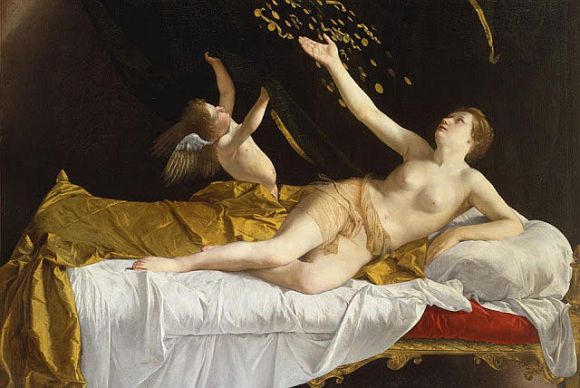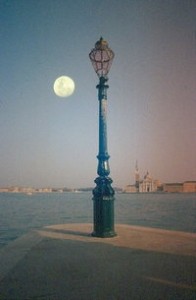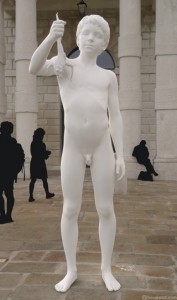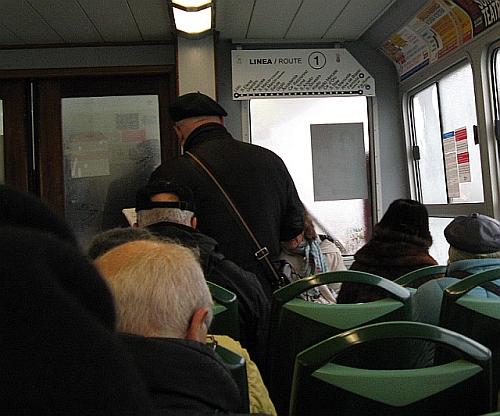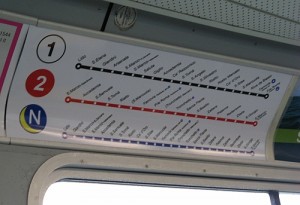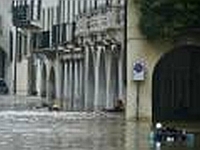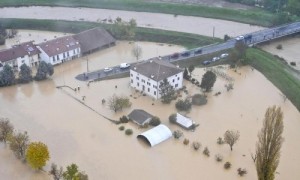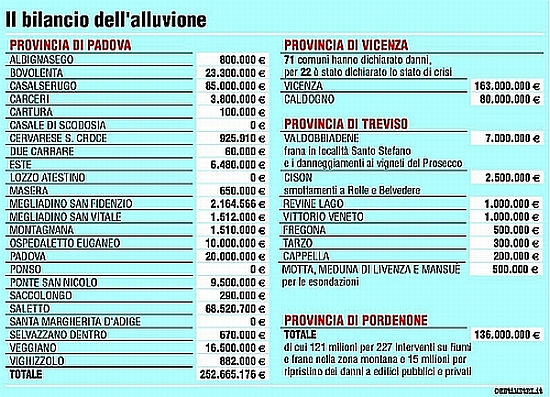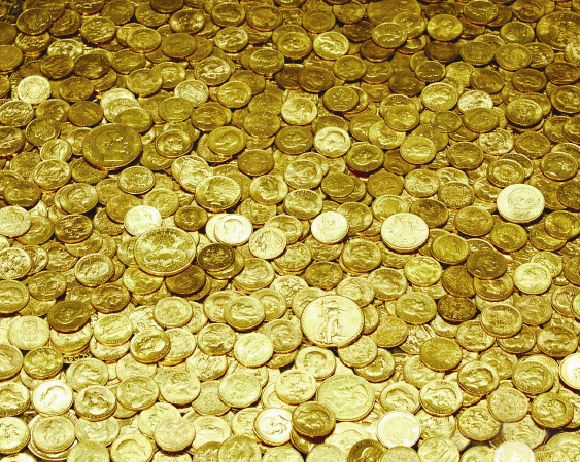
Money in Venetian is known as schei (“skay”). It is also known, by extension, as the thing we need most and have least. In fact, we have none. We never have any. There isn’t any. We can’t pay for anything because we haven’t got anything to use, not even bricks of salt or boxes of tulips. We’re broke, and proud of it.
I’m broke because no money comes in. The city is broke because money comes in but then it goes out again, somewhere, lots of somewheres, all according to accounting systems that bear more resemblance to Advanced Squad Leader than simple little double-entry bookkeeping, which was invented in Venice, by the way.
It’s something astonishing. Venice can’t pay for the Regata Storica. It can’t pay for the city hospital. It can’t pay for repairing (fill in name of favorite monument, church, work of art here). It can’t pay to build a new cinema for the Film Festival. It can’t pay to correct the errors which were paid for with money which it didn’t have. It’s trying to sell the Casino because the once-flourishing cash cow is running out of butterfat. Somebody wrote to the Gazzettino that the best way to settle the evergreen conflict about whether the Italian Region of Alto Adige is really the Austrian Region of South Tyrol is to sell it to the Austrians. Conflict over, coffers bursting.
The only way to confront snaggly streets and exhausted bridges and anything else that needs fixing is to seek a sponsor. The word “sponsor” has acquired the lonely, sacred, unattainable significance of “Holy Grail.” “We have to find a sponsor” is the most annoying, monotonous, “I got nothin'” phrase since “Have a nice day.” It means “We have to find an oil field,” “We have to find a rhodium mine,” “We have to find something that doesn’t cost us anything and gives us everything.”
But money there is, because it keeps popping up where it isn’t supposed to be — not only in Venice, but all over Italy. Bribes. Payoffs. Fake blind people imbibing state subsidies for disabilities. (A woman has just been nabbed for having requested — and received — a 300-euro contribution to pay for her children’s schoolbooks. She claimed to have only 6,000 euros in this world. But in fact, she turns out to have 480,000 euros in this world.) One man who has finally been cornered for some malfeasance I haven’t been tracking was discovered to have 238 bank accounts. Is that a lot? I have no way of knowing.
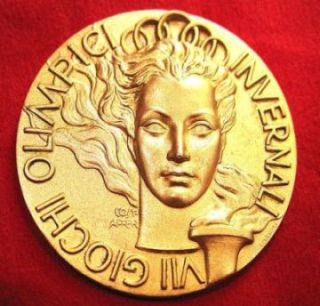
I do know that there were long, convoluted negotiations between the city and Pierre Cardin about the “Palais Lumiere,” the cyclopean ultra-modern glass skyscraper he wanted to build on the edge of the lagoon. Everybody but the two aforementioned entities thought it was a terrible idea and finally he gave up and took his idea and went away. Which means that now the city suddenly doesn’t have the 30 million euros (I believe it was) which they had already happily scribbled onto the “Income” side of the ledger. Which means that now they haven’t got enough to pay for extending the tram across the bridge from Mestre to Piazzale Roma. Evidently the phrase “You should have thought of that sooner” applies to more situations than to five-year-olds in the back seat of the car who suddenly have to go to the bathroom.
As usual, everyone is wailing about taxes and many are wailing about the cost of government. (Feel free to wail in your own language.) But if anybody has the sensation that the taxes are going nowhere, it’s possible to discover at least some of the wheres. Such as running the government. We heard on the radio that the cost of government in Germany is 4 euros per person; in Greece it’s 6 euros per person; in Italy, it’s 27. It’s expensive to keep 630 people in Rome arguing all day about the other parties’ members and mistakes.
Am I going somewhere with all this? Certainly.
I am reading a very diverting book entitled “A Book of Scoundrels,” by Charles Whibley (1897), which delineates the careers of England’s most notable highwaymen and other sorts of thieves and criminals. Short version: In spite of their faults and failures as humans, he was basically on their side as long as they had panache, originality, and/or great clothes.
I offer the following segment in honor of all the fiscal frivolity that crowds the newspapers and the courts. This may be the only period that I’ve ever wished I were a lawyer; I’d be fixed for life.

The characters: James Hind (1616 – 1652) a notorious highwayman of Royalist sympathies who happened to get his clutches on John Bradshaw, the judge who had condemned King Charles I to decapitation. The scene: The luxurious open spaces of Dorset, near Sherborne.
First, Hind took all of the judge’s money, told the bodyguard (who had judiciously decided to suspend his active service) to take off his hat, and then delivered the following discourse on gold:
“This is that incomparable medicament, which the republican physicians call the wonder-working plaster. It is truly catholic in operation, and somewhat akin to the Jesuit’s powder, but more effectual.
“The virtues of it are strange and various; it makes justice deaf as well as blind, and takes out spots of the deepest treason more cleverly than castle-soap (sic) does common stains; it alters a man’s constitution in two or three days, more than the virtuoso’s transfusion of blood can do in seven years.
“‘Tis a great alexiopharmick, and helps poisonous principles of rebellion, and those that use them. It miraculously exalts and purifies the eyesight, and makes traitors behold nothing but innocence in the blackest malefactors.
“‘Tis a mighty cordial for a declining cause; it stifles faction or schism, as certainly as the itch is destroyed by butter and brimstone.
” … The very colour of this precious balm is bright and dazzling. If it be properly applied to the fist, that is in a decent manner, and a competent dose, it infallibly performs all the cures which the evils of humanity crave.”
Thus having spoken, he killed the six horses of Bradshaw’s coach, and went contemptuously on his way.
Take that! And that! Hind’s scorn might be wasted on the prime exemplars of modern brigandage here in the cradle of the Renaissance. Not that they’re unfamiliar with scorn, and some irony manages to make itself heard from time to time, but discourses such as Hind’s would lack flourish in Italian, where utterances often depend more on blunt instruments (words such as “shame”) than the whetted poniards of true rhetoric.
But I feel better now. Why? I don’t know. Maybe because it shows that there’s no point in struggling to be better people. It’s been this way forever. Here we are, and here we’ll stay. Evolution is over.
